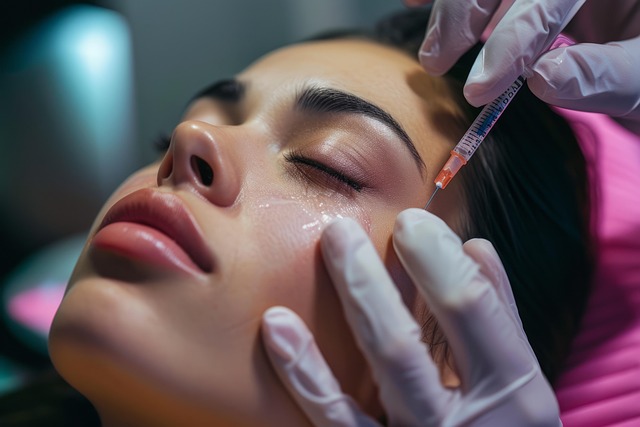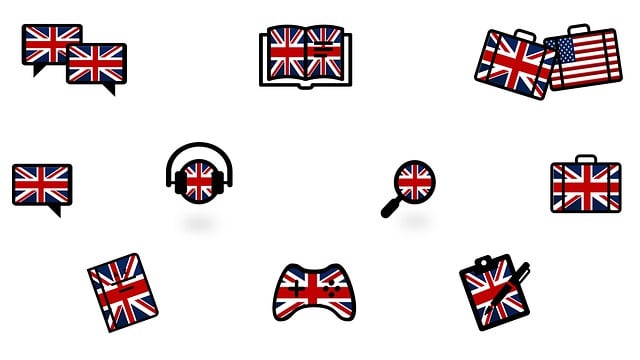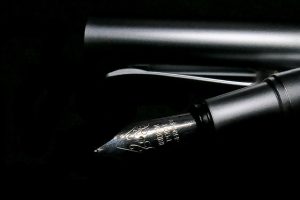Frown wrinkles significantly impact appearance and self-confidence, prompting interest in treatments like Botox and dermal fillers. Botox relaxes muscles to prevent new wrinkle formation and smooth existing ones, while dermal fillers enhance volume loss with instant results, reducing frown wrinkles by injecting hyaluronic acid or collagen. Consulting a dermatologist is key to determining the best treatment for individual goals and skin types, choosing between Botox vs. dermal fillers for optimal results. Each treatment addresses skin concerns differently: Botox blocks nerve signals causing muscle contractions, while dermal fillers add volume by injecting substances like hyaluronic acid. The ideal choice depends on desired result longevity and comfort with temporary versus longer-lasting changes. Targeted Botox treatments offer precision, minimal side effects, and subtle yet effective muscle relaxation, contrasting dermal fillers that smooth wrinkles by adding volume. Both have distinct side effects, and choosing a qualified provider is crucial for successful results and managing potential risks.
“Uncover the secrets to achieving a youthful visage with targeted Botox treatments for frown wrinkles. This comprehensive guide delves into the science behind one of the most popular anti-aging procedures, exploring its effectiveness in smoothing expression lines. We compare Botox to dermal fillers, highlighting benefits and considerations. From understanding frown wrinkle formation to navigating the procedure and managing side effects, this article equips you with knowledge. Learn how to choose an expert provider for optimal results, ensuring a safe and transformative experience in the world of cosmetic enhancement.”
Understanding Frown Wrinkles and Their Impact

Frown wrinkles, also known as glabellar lines or “11s,” are a common concern for many individuals who experience chronic frowning due to expression or aging skin. These vertical creases between the eyebrows can significantly impact one’s appearance and self-confidence. Understanding the cause and effect of these wrinkles is crucial when considering treatments. Both Botox and dermal fillers are popular choices for addressing frown wrinkles, each with its unique properties and benefits.
Botox, a neurotoxin, relaxes the muscles responsible for causing frown lines, preventing the formation of new wrinkles, and smoothing existing ones. On the other hand, dermal fillers enhance volume loss in the face by injecting hyaluronic acid or collagen into the skin, providing instant results for a more youthful appearance, including the reduction of frown wrinkles. When deciding between Botox and dermal fillers, consulting with a dermatologist is essential to determine which treatment aligns best with your goals and skin type.
The Role of Botox in Treating Frown Lines

Botox has established itself as a leading treatment for frown wrinkles, offering a non-invasive and effective solution compared to dermal fillers. Its mechanism involves blocking nerve signals that cause muscle contractions, thereby smoothing out facial lines and wrinkles. This procedure is particularly targeted at the vertical lines between the eyebrows, often referred to as frown lines or glabellar lines.
In contrast to dermal fillers, which add volume and plumpness to the skin, Botox focuses on preventing dynamic wrinkle formation by relaxing the muscles responsible for creating them. This makes it a popular choice for individuals seeking subtle yet noticeable improvements in their appearance without undergoing more extensive cosmetic surgeries.
How Does Botox Work for Frown Wrinkles?

Botox has become a popular choice for treating frown wrinkles, offering a minimally invasive approach to aesthetics. Its mechanism of action involves blocking the nerve signals that cause muscle contraction, thereby reducing the formation of dynamic wrinkles. When injected into specific areas like the forehead and brow, Botox relaxes the muscles responsible for frowning, smoothing out the skin’s surface and minimizing the appearance of wrinkles.
Unlike dermal fillers that add volume to the skin, Botox works by preventing the muscles from contracting, which is particularly effective for treating expression lines caused by frequent frowning or scowling. This non-surgical procedure provides a subtle yet noticeable improvement in facial aesthetics, making it a preferred choice for individuals seeking a natural and long-lasting solution to frown wrinkles, even outperforming dermal fillers in some cases due to its specific targeting of muscle activity.
Comparing Botox to Dermal Fillers for Frown Lines

When it comes to addressing frown wrinkles, both Botox and dermal fillers are popular choices among aesthetic enthusiasts. However, each treatment has distinct advantages that cater to different preferences. Botox, a neurotoxin, is renowned for its ability to relax specific muscles responsible for frown lines, providing a subtle yet effective result. Its advantage lies in its temporary nature, offering a gradual reversal over several months, making it an appealing option for those seeking a more natural look and flexibility in treatment timing.
In contrast, dermal fillers focus on adding volume to the skin by injecting hyaluronic acid or collagen-based products. Unlike Botox, these fillers provide immediate results, enhancing facial contours. They are ideal for patients wanting quicker, more pronounced outcomes. Fillers can last anywhere from 6 to 18 months, depending on the product used, while Botox treatments typically last 3–4 months. The choice between the two ultimately depends on individual goals, desired effect longevity, and personal comfort with temporary versus permanent-like changes.
Benefits of Targeted Botox Treatments

Targeted Botox treatments offer several advantages over traditional cosmetic procedures like dermal fillers. One key benefit is their precision; Botox is directly injected into specific muscle groups responsible for frown lines, providing a highly localized treatment. This precision minimizes side effects often associated with broader treatments and ensures only the targeted muscles are affected.
Another advantage lies in its natural results. Unlike dermal fillers that can lead to an over-injected or unnatural look, Botox produces subtle yet effective relaxation of facial muscles, resulting in reduced wrinkles without significant changes to overall facial structure. This makes it a popular choice for those seeking a more natural, youthful appearance while addressing specific concerns like frown lines.
The Procedure: What to Expect During a Botox Session

During a Botox session for frown wrinkles, a small amount of botulinum toxin is injected into specific muscles responsible for causing those stubborn lines between the brows. Unlike dermal fillers, which add volume and smooth out wrinkles by plumping the skin, Botox works by temporarily paralyzing the muscles that pull on the skin, thereby reducing the appearance of dynamic wrinkling.
The procedure itself is quick and usually well-tolerated, with many patients reporting minimal discomfort. You may feel a brief pinch or stinging sensation as the needles insert, but these sensations are temporary. After the treatment, there may be some redness or swelling at the injection sites, but these typically subside within a few hours to a day. It’s important to discuss your expectations and any concerns with your provider before the procedure to ensure a positive experience.
Potential Side Effects and Management

While Botox is generally considered safe, like any medical procedure, it’s not devoid of potential side effects. Some common temporary issues include mild bruising or swelling at the injection site, headaches, and fatigue. These usually subside within a few days. It’s important to discuss these risks with your dermatologist beforehand, especially if you’re considering Botox over dermal fillers.
Unlike Botox, dermal fillers are not as prone to causing immediate reactions or visible marks. However, they may not offer the same level of muscle relaxation for frown wrinkle reduction. Management of side effects involves rest, hydration, and applying cold compresses after treatment. Your dermatologist might also prescribe over-the-counter pain relievers to alleviate any discomfort.
Choosing the Right Provider for Your Botox Treatment

When considering targeted Botox treatment for frown wrinkles, choosing the right provider is paramount to achieving optimal results and minimizing risks. It’s important to note that while both Botox and dermal fillers are popular cosmetic treatments, they serve distinct purposes. Botox is a neurotoxin that temporarily paralyses muscles, reducing the appearance of dynamic wrinkles, especially those caused by frowning or squinting. On the other hand, dermal fillers enhance volume and firmness by injecting a substance under the skin to fill in depressions and smooth out lines.
When selecting a provider, look for board-certified dermatologists or experienced estheticians with a proven track record. Reputable professionals will take the time to understand your concerns, perform thorough consultations, and tailor treatments to your specific needs. They should also offer advanced techniques and state-of-the-art equipment to ensure safety and precision during the procedure.
